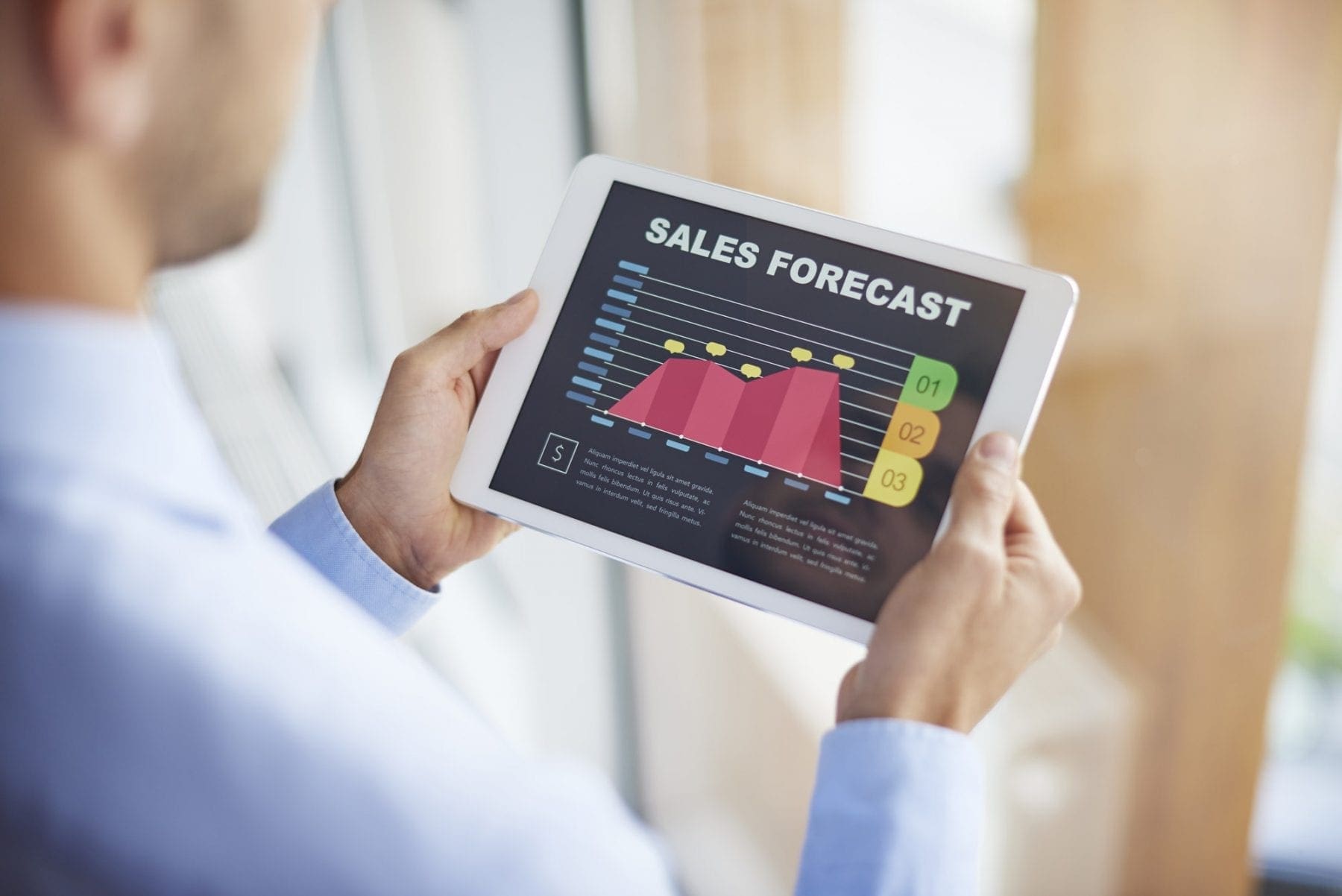B2B eCommerce, dubbed the trillion-dollar market, is quickly expanding, giving up a wealth of prospects for both businesses and customers
B2B eCommerce sales will skyrocket in the future years, surpassing income earned by B2C marketplaces. Consider the average value of a corporate order against that of a consumer order. Nonetheless, B2C firms appear to dominate digital channels, leveraging the power of marketing automation to reach the right client with the right message at the right time.
In this year’s Hitting the Mark, B2B companies scored 26% worse than B2C brands across all criteria. With their global eCommerce value expected to exceed $6.6 trillion by 2020, B2Bs must take their foot off the throttle.
Email is the most common method used by B2B marketers, maybe because of the high return on investment (£32 for every £1, according to the DMA). Companies must digitalize their marketing operations and use better methods to take their eCommerce to the next level and benefit from this expected increase.
Marketing automation is the solution. B2B organisations may deconstruct their clients’ lifecycles and develop effective, data-driven programmes to complement each stage of the purchase experience.
Consider the following:
- Make context the foundation of all you do • Identify your target populations
- Sending out a flood of emails to your contacts is a dead end.
- Right now, content is in high demand.
1. Program of Welcome
The welcome programme is usually regarded as the most essential automation in the marketer’s arsenal by industry specialists. Its significance is based on a single factor: the establishment of a customer connection and the power to influence future impressions. Whether you’re onboarding a new customer or presenting your brand to prospects, the welcome programme is your tool for establishing a favourable connection right away.
• promote your business and its USPs • ask for preferences to customise the consumer experience • set expectations and highlight any particular benefits of signing up: i.e. exclusive content
2. Program of Nurture
Prospects must be nurtured into customers, and customers must be nurtured into repeat purchasers, for a firm to develop and succeed. From the minute an assistant expresses an interest to the time a c-level buyer signs on the dotted line (and beyond), nurturing contacts is a never-ending marketing endeavour that yields results. This is your marketing mix’s “right people, right time” component.
Consider the following while developing your nurturing programme:
- Product-specific information, such as promotional and editorial content
- Set up numerous mail automations, for example, by category and audience group, based on your site insight, preferences, and where clients are in the purchase cycle.
3. Discontinued browsing software
A prospect’s browsing activity is a wonderful indicator of where they are in the purchasing cycle — for example, seeing a pricing page may indicate a strong desire to purchase. Triggering an email as a result of this action may entice the prospect to return to the website and check the price page again – they may even book a demo, request a sample product, or purchase from you.
Best strategies for re-engaging website visitors:
- Make sure the email is completely on brand and represents your website.
- Include some inspiring material that is related to what the subscriber was looking at.
- Recommend the best product or service based on the data you have.
4. Cart abandonment programme
The cart recovery programme is a tried-and-true quick win for B2Bs that consistently produces spectacular results. It’s a straightforward triggered campaign that has been shown to close business. This is due to the hyper-targeted nature of the message — you’re prodding prospects who have taken the effort to add products to their basket and have a high proclivity to buy. Not sending these emails is a waste of money. Stupidity!
Tips for writing an excellent B2B cart recovery email:
- Send the email within 24 hours of the abandoned action;
- Include product descriptions and pictures to contextualise the message; and
- Redirect subscribers to their basket with an eye-catching call to action above the fold.
5. After-sales service
The post-purchase phase is a sensitive interval in which expectations are juggled. Over-delivery will keep clients satisfied, but under-delivery can threaten your retention.
Being more attentive to new consumers will increase their excitement for the items or services they’ve purchased. In the long run, this degree of attention can reduce turnover and increase brand advocacy.
To provide a seamless aftersales journey, you should:
- praise clients for choosing you over a rival;
- request a product rating and evaluation of the service received; and
- be transparent. From the moment an order is placed until it is delivered and used, it is critical to give relevant information that adds value to the customer experience.
6. Upsell Program
Upselling is an art, and it is best to be discreet in your approach. The devil is in the data, as is typically the case with many email applications. Pushing random items to contacts after they’ve purchased may force them to unsubscribe, resulting in an unpleasant email experience that may degrade the company connection.
Tailoring the experience, on the other hand, may increase the lifetime value of a client and keep them in your good graces.
To get the ideal balance:
- promote complementary products or services that will enhance a customer’s account and improve their business processes;
- base these recommendations on previous purchases, web behaviour, and preferences; and
- be customer-centric, providing contact information if subscribers wish to discuss a specific product or feature over the phone.
7. Resupply programme
This software is not appropriate for every B2B. Brands that offer items with a short shelf life must guarantee that their customers’ stockpiles are refreshed. Enrolling contacts in a replenishment programme is an efficient method to remember them – this would be especially useful for stationery firms that supply their clients for monthly or annual occasions, for example.
The use of this software will be determined by your company and the products/services it provides.
If it applies to you, don’t forget to:
- assess the frequency of purchase based on consumer demands;
- implement a loyalty programme to make replenishment valuable to clients; and
- provide more for less: it may be a good idea to encourage consumers to bulk-buy at a lower cost.
8. Loyalty scheme
Inspiring loyalty is essential, since failing to keep clients may have major ramifications for business continuity. Customers who are dissatisfied, even if they are indifferent, will pass through the funnel faster – eventually, there will not be enough revenue coming in to compensate for consumers who slip through the net.
To increase client loyalty, do the following:
- reward them with additional points or a special present every time they buy;
- invite them to exclusive events that will add value to the business connection; and
- provide incentives that will encourage them to spend more or upgrade their package.
9. A client programme that has lapsed
Many organisations struggle to keep their employees engaged. Customers who vanish off the face of the planet, however, are not lost forever. At the absolute least, you should strive to win them back and rekindle some brand love. Simple re-engagement initiatives are proven and true income generators that every B2B should be employing.
Top hints:
- Use an attention-grabbing subject line (i.e., ‘We Miss You’) to nudge dormant contacts and reveal the content they’ve been missing out on.
- Ask these subscribers if they want to continue receiving emails from you.
- If, after several attempts, contacts remain inactive, perform a health check of your database and filter them out – this should improve your deliverability.
10. software-based on data (s)
Creating email marketing based on data is a winning strategy for B2Bs. Why is this so? Because gaining significant insights from consumers allows you to send more focused emails that inspire readers to interact and buy from you.
Messages (triggered by geolocation) promoting a specific event or store sale relevant to the individual are one example; another would be a triggered email following a form submission or demo request. In both circumstances, the high degree of relevance displayed in these ads will appeal to readers’ emotions and compel them to act.
Consider the following while developing data-driven programmes:
- Context: Will subscribers understand who you are, what you’re saying, and why you’re saying it?
- Relevance: Does the content match the message’s context perfectly?
- Cries for action: Don’t squander your time. It all comes down to capturing the audience at the proper time – sending them someplace and getting them to do something.
Do you want to see some fantastic instances of B2B marketing automation? To learn more, download the whole handbook.


